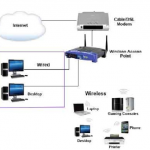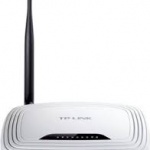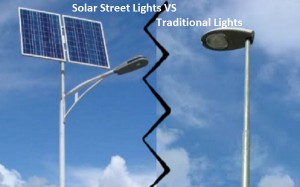Wi-Fi Router Overview in Detail
These days, with the spreading wings of the Internet at a super-massive speed, Wireless Routers have penetrated everywhere. Every single house, office space, business, and sketchy van parked in a narrow ghetto street boast of one. Why though? Well, for starters a Wi-Fi router allows you to connect your computer to a broadband Internet service and share and stream data files and media across platforms between mobiles and other Wi-Fi supported devices.
Everyone needs a router these days if they want to stay connected to social media and friends via multiple devices. However, many people often stumble upon expensive ‘bad’ routers that misfire and don’t match up to their expectations.
Oftentimes, the root cause of such a ‘misfortune’ is that they don’t quite know much about routers, may have failed to correctly install a wireless router or their research is not profound enough! Well, there’s no shame in that and we are here to assist you in your quest to buy Routers online or from physical stores!
Are You Buying Wi-Fi Router- List of Essential Things to Keep In Mind Before Buying
Down below, we have collated some things worth checking out before buying a Wi-Fi Router- no matter if it’s for your home or office use- these pointers will guide you to get your hands on the best Wi-Fi router for all your needs.
-
Why do you really need a router?
Routers are not really important if you are directly running an Ethernet cable to your computer, but if you want smartphone or tablet connectivity, opting for a wireless network remains your best bet for picking up Internet connectivity.
Besides, routers allow you to share and stream media such as video and music and connect seamlessly to every device in your home. For instance, if you want to stream music to your speaker system you ought to have a router. And, if you stay or work in a place full of devices, a router is a MUST-HAVE device!
-
Network Standards
The 802.11 Ac is the latest and fastest network standard in routers that uses the 5 GHz, frequency band. Routers that support the 802.11ac network standard boast of data transfer speeds over three times faster than their 802.11n counterparts– since the 5GHz frequency band is less crowded and provides optimal network performance for streaming media content and file transfers.
Although these routers ensure that older devices will also work without any problem due to being backward compatible with ‘n’ standard devices.
-
USB Ports
Another swanky add-on feature with routers is a port. You can plug in pen drives and printers to ensure better connectivity over the network. Better still, some routers these days can even get connected to 3G data dongles- in case the Ethernet connection is not working. USB ports are very useful in a tight-knit office space as they can be used within the wireless network even without the internet!
-
Router’s Speed
Before buying a router, always check the maximum speed that the router can achieve. It is usually mentioned in the specifications tab written under the ‘Top Speed Up to’ column. As is the case, a slow router is often cheaper.
So, if you want to connect devices to the Internet that only demand a low bandwidth– then opt for a cheaper one– considering that at times even 300Mbps is higher than even 8Mbps connections in India. But, if you want to stream full-1080 p HD or movies 4K video inside your house from a desktop computer to the home theatre, you may have to shell out some extra cash to attain more speed, preferably a 300 or 600 Mbps router.
-
Dual-band Router with various frequency
Generally, most ‘n’ rated routers are dual-band and operate in the 2.4GHz frequency spectrum. Surprisingly, many Bluetooth devices and microwave ovens also operate in the same band. Such a possibility can cause congestion, jamming of signals, and affect signal strength.
To get around this problem, you should get a dual-band router that also supports the 5GHz frequency band. Thus, doing so ensures that compatible smartphones and laptops connect on a 5GHz band without any interruptions from other devices that operate in the 2.4GHz spectrum.
-
Number of Antennas
Having a large number of external antennas is pivotal since they increase the total range of your router. They are especially ideal for environments where your wireless access often gets blocked due to obstructions such as doors, walls or other objects in the proximity.
-
Type of connection= Type of Router
Last, but certainly not the least, always purchase a router based on the type of connection you have. If you have subscribed to a telephone service provider like MTNL or BSNL for an internet connection, you would need an ADSL router. Or, separately, you can purchase a sophisticated router that allows you to print over a wireless connection and share storage!
Final Words
We are pretty sure that these pointers will help you buy the router of your dreams and help serve the best of your purposes. Good luck!









Average Rating